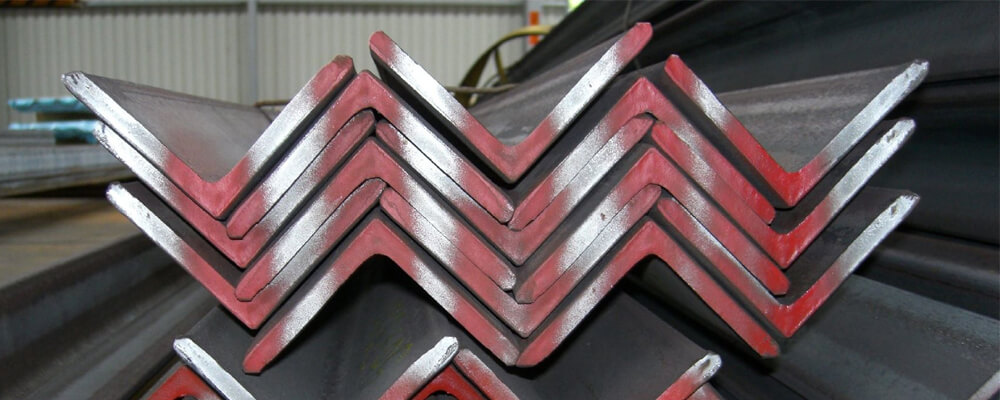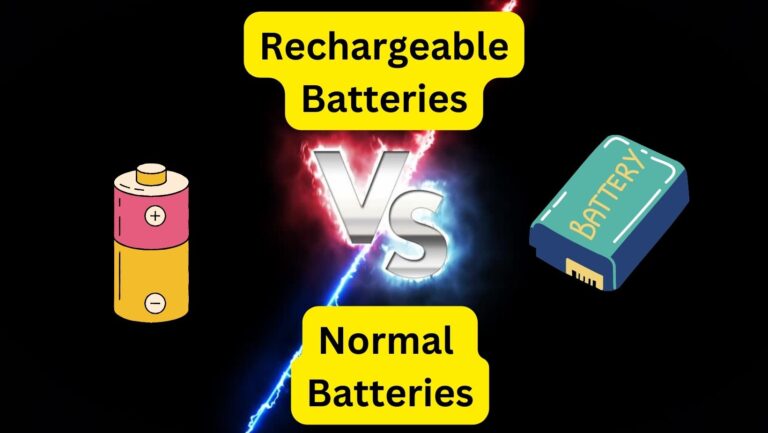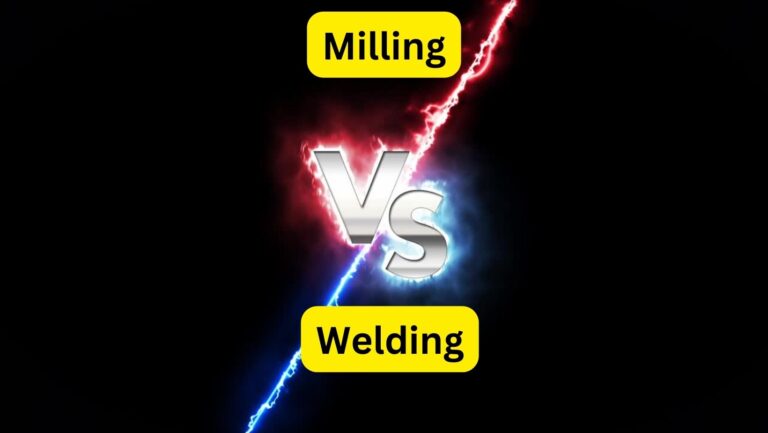
Do you want to know what is the difference between iron and steel? Iron and steel are two types of material. Iron is the main component of Steel. Iron and steel are two different materials. Steel is an alloy of iron. Iron is an element. Both of these materials are used extensively in the industrial production of many objects. Iron was originally made more attractive and durable by the introduction of steel. This was because of the importance of rust resistance. This quality is not available in all steel types; however, the steel with this property is called “stainless steel”.
What is the Difference between Iron and Steel
Let’s check below what is the difference between steel and iron.
-
Strength and weight
Steel has unrivalled strength. Steel is stronger than iron, and it has a higher density. Steel is very popular for construction projects due to its strength and versatility. Iron was replaced as the main material in construction when steel became mass-produced during the mid-nineteenth-century.
Because of its extraordinary strength, steel is extremely useful for projects such as buildings, houses, and railway lines. These types of projects need the steel’s flexibility. Steel is lighter than iron and can withstand higher tensile stresses. Steel’s strength, weight and resistance means that it is unlikely to warp or deform.
Cast iron is well-known for its strength, but not for its ductility. Cast iron is less useful for construction because it can be more brittle. Iron is used more often to make tools.
-
Durability
Steel is the best choice when you want to create a structure that can withstand the elements and time. Steel can withstand extreme heat and force. It can withstand heat and fire, and is resistant to rain and wind. Iron has a higher risk of mildew and mould development than steel. This can have a negative impact on the structure of a building or a construction project.
Steel is considered one of the strongest materials for construction due to its versatility. Steel is resistant to warping, twisting, splitting, cracking, and rot. Iron can’t match these properties. Steel is preferred over iron because of its durability. Steel can also be used to make simple cross sections and I Beams.
-
Corrosion
Corrosion can be described as a natural process by which metals undergo chemical oxidation to alter their composition. The metal will rust and turn orange due to oxidation. Iron is more susceptible to corrosion than steel.
Iron is vulnerable to oxidation, and therefore rust. Water can affect steel’s integrity, but there are ways to decrease this risk and improve resistance. You can apply protective paints or sprays to steel. Steel can be treated with fire-resistant coatings to protect it from corrosion. Steel is a non-porous metal, which means it resists corrosion naturally.
-
Cost
For construction, structural steel is generally more economical than iron. Steel has been economically beneficial since its mass production after the Industrial Revolution. Its affordability has been aided by the increased production in the steel industry over 30 years.
Steel is structurally more lightweight than iron. This can have a huge impact on construction costs. Steel is considered cheaper than iron because it can be made quickly. Price will be affected by the grade of steel. The price of iron will also be affected by a higher grade. Cast iron, which is a stronger iron than cast iron, requires more production. This means higher costs.
-
Versatility
Steel allows you to be creative and flexible when used in construction. Steel can be bent or shaped to meet any project’s needs. Steel is often used to make complex shapes, such as hollow cross-sectional parts. Steel is increasingly being used by architects for its unique qualities in design and expression. This is possible without compromising on function.
Iron can often be too soft to use in its raw form. The versatility of iron is increased when it is mixed with carbon or an alloy. Because it could fit intricate molds, iron was a popular choice among architects in the Victorian era. Many of the classic ornate details that we see today are a result. Iron is not as versatile in construction, but it makes great architectural details.
-
Sustainability
Both iron and steel can be considered sustainable. Structural steel can be recycled 100% and is one of the most durable materials in construction. Steel can be reused again and again. Steel is a more eco-friendly option to iron due to its durability.
Iron is recyclable but requires a high-energy production process. However, steel production’s energy consumption has decreased significantly over the last 30 years. As the steel industry’s carbon footprint decreases, this trend continues.






